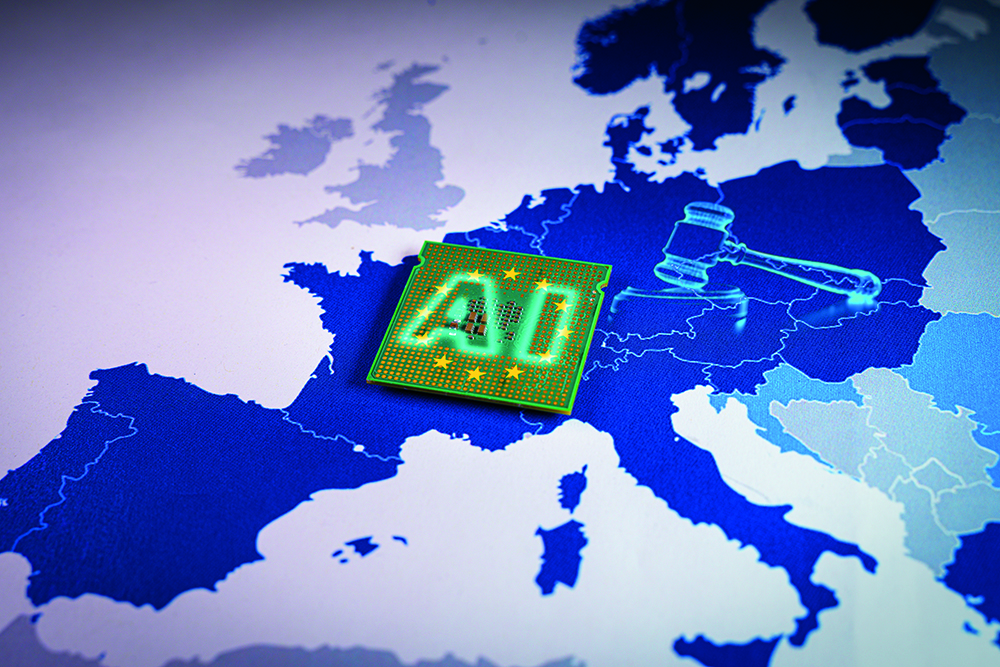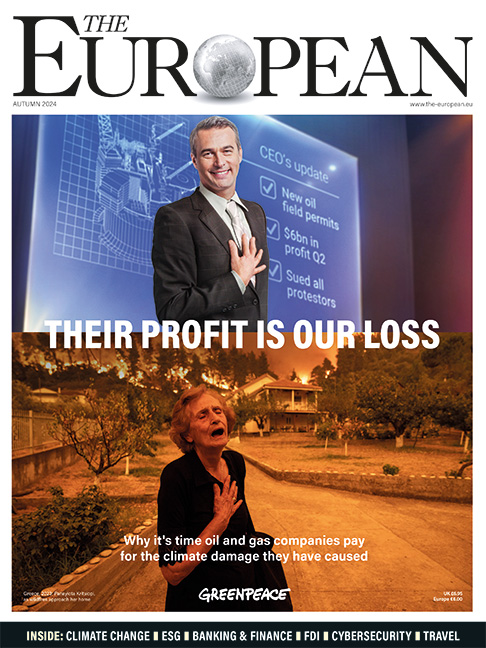AI-assisted change must take a more sensitive, informed approach to today’s evolving skills, attitudes and needs if we are to navigate the tech revolution in a healthy way, says Oliver Shaw of Orgvue
Salesforce recently announced it would cut 700 jobs on top of the 8,000 it removed last year. Similarly, Google has laid off another 1,000 employees after letting 12,000 go in 2023. Another tech titan, Meta, showed the door to 20,000 people last year before announcing a hiring spree in autumn.
Which begs the question: if even the biggest tech companies can’t figure out how to rightsize their organisation, what hope is there for the rest of us? It’s not for me to throw stones, but in my experience, many organisations struggle with workforce change, too often confusing headcount with roles and positions, let alone the work and who’s doing it.
So, it’s no surprise to me that 77% of business transformations fail and almost half never even make it off the page. Even more concerning is the fact that more than three-quarters (82%) of firms have invested in AI but half (50%) are unclear on its business impact or how to implement it. Bring AI into the mix and you’ve got a very complex, nuanced workforce planning challenge.
As a long-time advisor on organisational change, I’ve noticed a pronounced dichotomy between founders and divisional leaders concerning AI. Founders often view AI as a groundbreaking tool to revolutionise their business models and drive efficiency, while many divisional leaders express concerns over the tangible impacts and the practicalities of integration. This disconnect not only hampers the strategic deployment of AI but also contributes to the broader uncertainty about its benefits and applications. What everyone agrees on, unanimously, is that they will be investing more in finding out.
The importance of people power
Our research found a collaborative combination of AI and human skills produces consistently better work outcomes, as well as an average 40% improvement in productivity. Ultimately, human oversight is essential to avoid detrimental outcomes. AI can play a role in surfacing the data insights that are essential to fully understanding the supply and demand of skills in an organisation. But it still needs careful, thoughtful human oversight. There are many examples of unsupervised AI-producing outcomes that are detrimental to business objectives and operations.
For example, the Dutch government had a set of algorithms developed to detect and automate tax fraud. An error in the algorithm resulted in 26,000 families being wrongfully accused and forced to pay back the money they had legitimately received. Similarly, in the UK, the delivery company DPD had to shut down an AI-enabled chatbot that began swearing at customers and criticising the company.
And in Australia, a parliamentary inquiry into the Big Four accounting firms ran aground after relying too heavily on a report from a group of academics using Google Bard. The group told lawmakers that KPMG had colluded with 7-Eleven to cheat workers out of wages and that Deloitte had advised a bank on a scheme to defraud customers. Turns out both cases were elaborate AI hallucinations.
Managing AI conversations to support organisational change
So, it’s clear we must be careful if we enlist AI’s support in making important decisions. To this end, I would like to propose three attributes for conversations when using AI to help manage organisational change:
- Clarity and precision – Effective chat prompts require clear and precise language. AI systems interpret input based on the information provided and any vagueness can lead to irrelevant or off-target responses. A human resources director might compose an initial prompt such as “What are the best initial steps for managing organisational change?” But a better prompt might begin “What are the steps recommended by McKinsey to begin planning a reorganisation of a company with 9,500 people?”
- Context and nuance – AI struggles with subtleties. Critical thinkers can avoid potential misunderstandings by first identifying the type of goal they want to achieve. What sort of change do we want to manage, in what industry? Do we want to reduce headcount? Shift geographies? Innovate to create a new product line? Something else? Be clear what you’re asking.
- Ethical considerations – With the growing reach of AI, ethical considerations become ever more important. This is where human oversight is particularly crucial. What if the goal is to assess talent, company-wide, to determine candidates for promotions to key roles? A poorly prompted AI search might come up with a shortlist weighted toward people already in supervisory roles or with prestigious academic credentials. But such criteria might be overly reliant on criteria that favour certain types of employees while overlooking others whose promotion would result in a more diverse, representative workforce. Care is needed to make sure the dataset under review isn’t flawed by human bias.
Change, carefully considered
As the journey of workforce transformation continues to unfold, there’s no doubt AI can play a valuable role. But to make it effective and productive in the process of organisational change, businesses will need to adopt a different approach to workforce planning.
Carefully conducted, AI-assisted change should rely less on hiring and firing, and instead take a more sensitive, informed approach to the changing skills, attitudes and needs of today’s and tomorrow’s workforce.

About the author
Oliver Shaw is CEO at organisational design and workforce planning specialists, Orgvue.




























